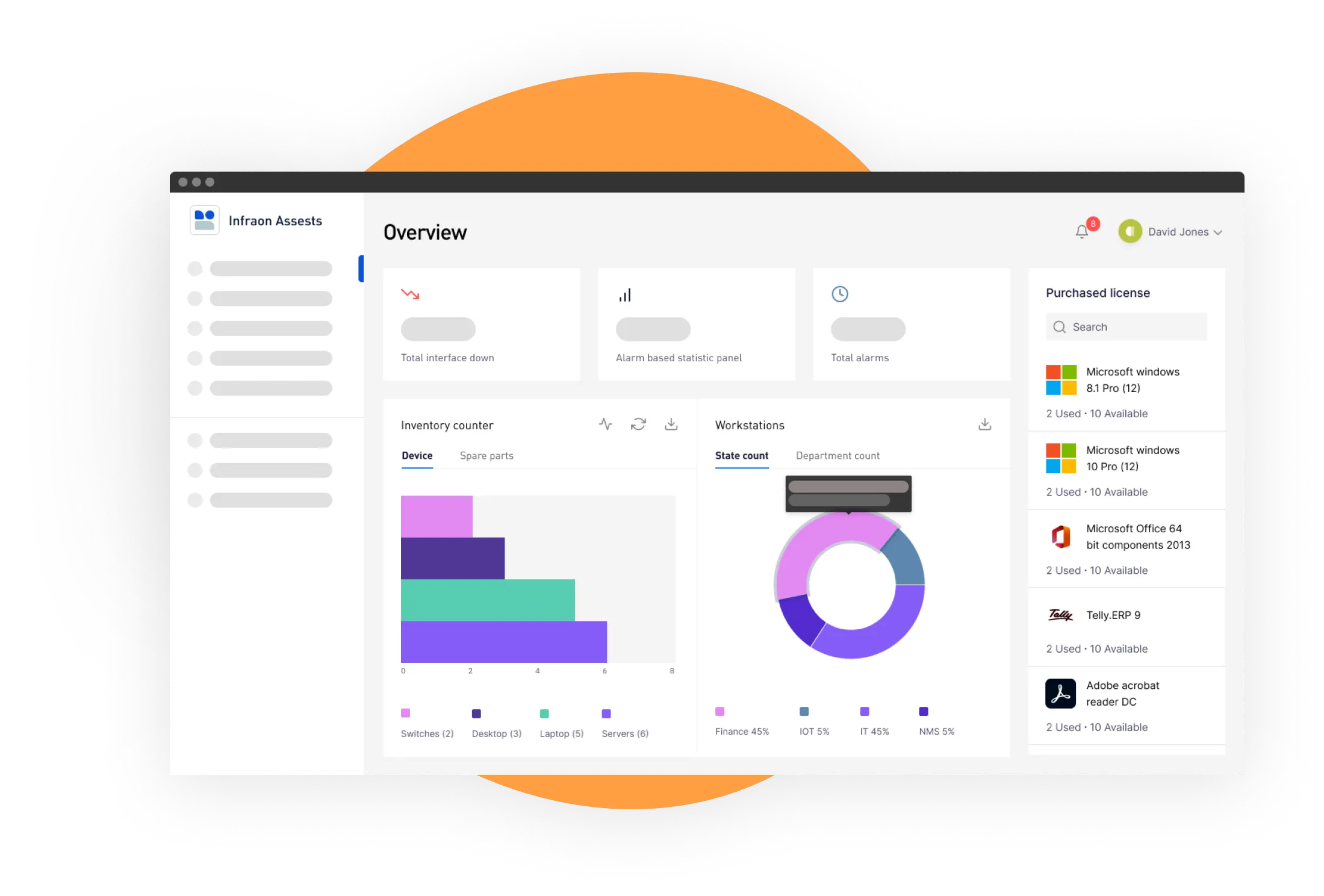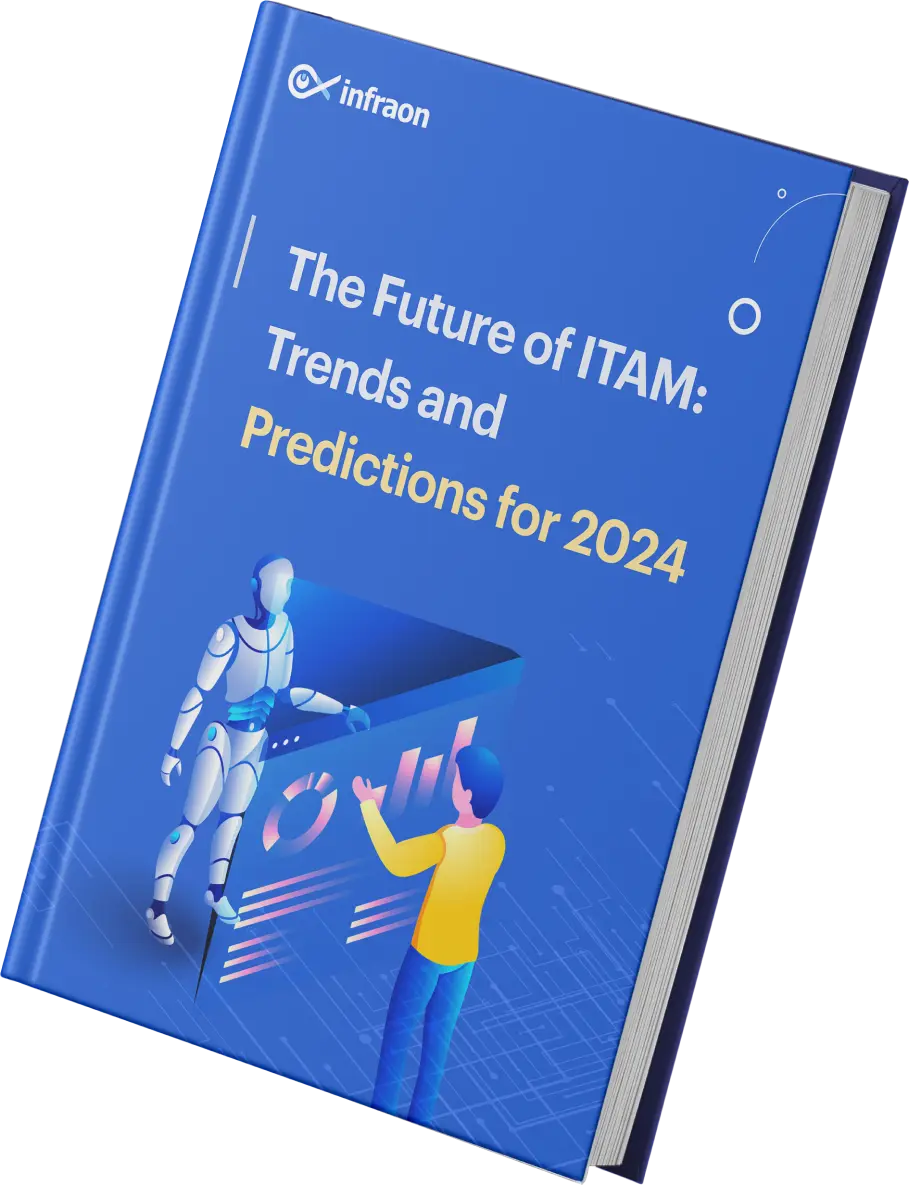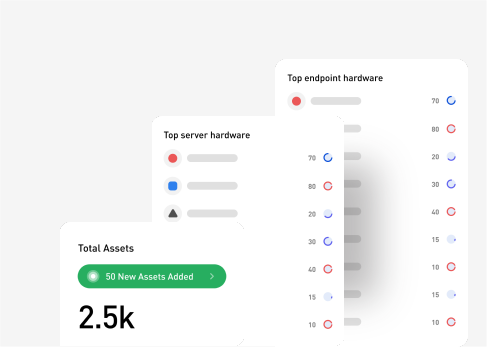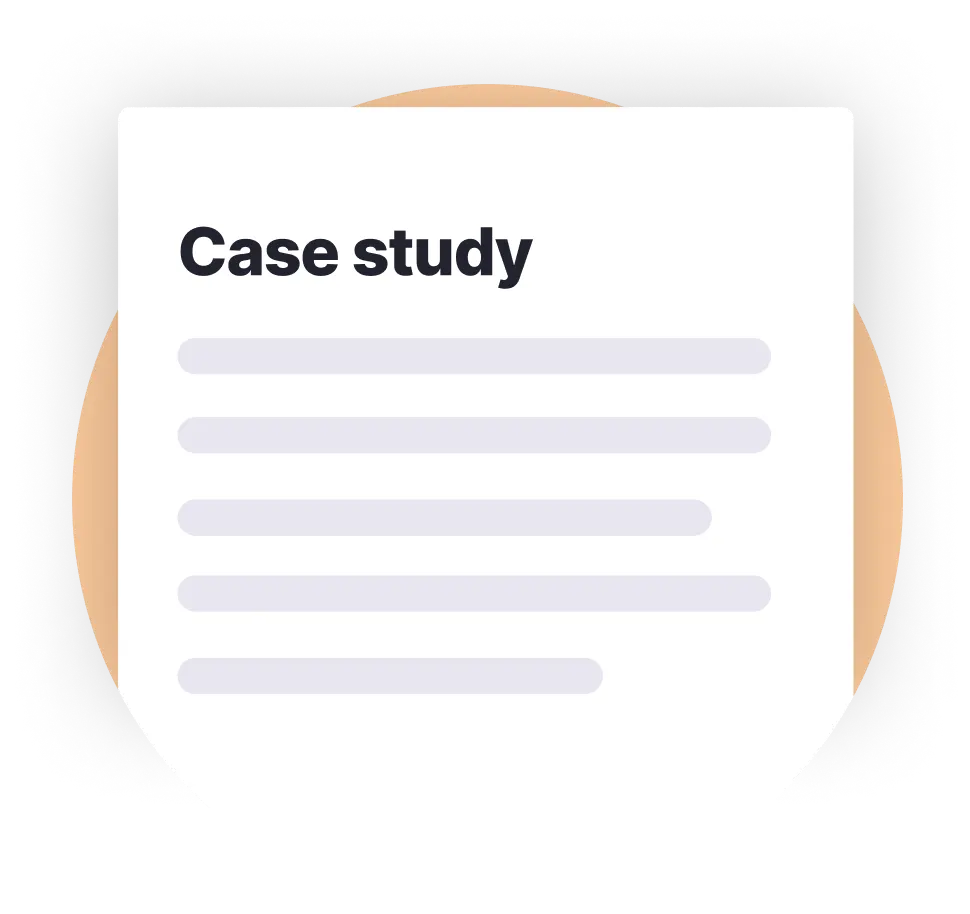IT Asset Lifecycle Management Solution
Streamline daily operations with Infraon’s IT asset lifecycle management solution.

Streamline daily operations with Infraon’s IT asset lifecycle management solution.

IT asset lifecycle management refers to the journey of overseeing and managing IT assets from the moment they are acquired until they are retired or disposed of. There are several stages, such as planning, procurement, deployment, maintenance, and decommissioning. By systematically managing these stages, organizations can maximize the value of IT assets.
IT asset lifecycle management also ensures that each asset is utilized to its fullest potential and is maintained properly throughout its life. Organizations can also make informed decisions about asset utilization, maintenance, and replacement.


Infraon's IT asset lifecycle management solution offers real-time tracking and monitoring for maintaining accurate records of asset status, location, and usage. This real-time visibility helps in making informed decisions regarding asset allocation, retirement, etc.
Also, Infraon's IT asset lifecycle management solution is equipped with analytics and reporting features, offering insights into trends and patterns. So, it becomes streamlined to strategically plan and optimize the ROI of IT assets.
You can make it tremendously easy to manage IT assets while lowering costs and elevating overall operational performance.
Elevate your financial planning by accurately measuring asset
depreciation – ensure well-informed, strategic decisions.
Create PO requisitions, workflow, and approvals using no-code workflows that are also customizable.
Always know the location of stock, availability, lifecycle status, warranties, and AMCs for IT assets.
Utilize automated discovery (agent-based, agentless, or active directory-based) to monitor asset availability.
Deploy multi-channel support, intelligent self-service choices, and chatbots to unify ITSM.
Gain detailed insights into your IT assets and guarantee their availability and condition.
Track vendor performance for your IT assets and eliminate any contractual oversights.
Gain visibility into purchased and assigned assets, stock levels, or purchase orders.
Keep track of your IT assets based on historical information, such as the date of purchase, status, condition, etc.
Use a centralized configuration management database to track asset utilization and targets.
Use barcode/code support to detect assets that need to be relocated.
Monitor IT assets to determine when to dispose while keeping the necessary records.
Receive immediate alerts when there are low stock levels and avoid under-stocking.

Customizable Dashboards
User and Role Management
Audit Trails
Mobile Accessibility
Discover the latest trends in IT asset management and learn how they
can
drive your organization's success.

Seamlessly integrate with your existing IT infrastructure, guaranteeing a transition and minimal disruptions.


Customize workflows to align with your processes and requirements, ensuring IT assets adapt to your needs.
Prevent licensing expenses and prolong asset lifecycles to achieve substantial long-term cost savings.


Streamline tasks and administrative burdens, empowering your IT team to concentrate on higher-value initiatives.
Ensure compliance with agreements, industry regulations, and data security standards while mitigating risks.


Get control, visibility, and analysis of all IT assets with real-time discovery and automatic reconciliation to provide actionable asset data.


Some of the best practices followed by Infraon's IT Asset Lifecycle Management solution are:
Centralized tracking system to monitor and manage all IT assets from procurement to disposal
Standard procurement processes to ensure control over IT asset acquisitions
Scheduled maintenance, including software/hardware updates, etc.
Auditing to verify the accuracy of records and assess the condition of IT assets
Clear disposal strategy for decommissioning IT assets
Implementing Infraon's IT asset lifecycle management solution can lead to:
Intelligent asset utilization to optimize the deployment and utilization of IT resources
Improved financial planning to help in predicting and controlling IT expenses
Increased asset longevity by preventing premature asset failures
Standardized processes for quicker resolution of issues and less downtime
Stronger vendor relationships with a data-driven approach toward negotiations
